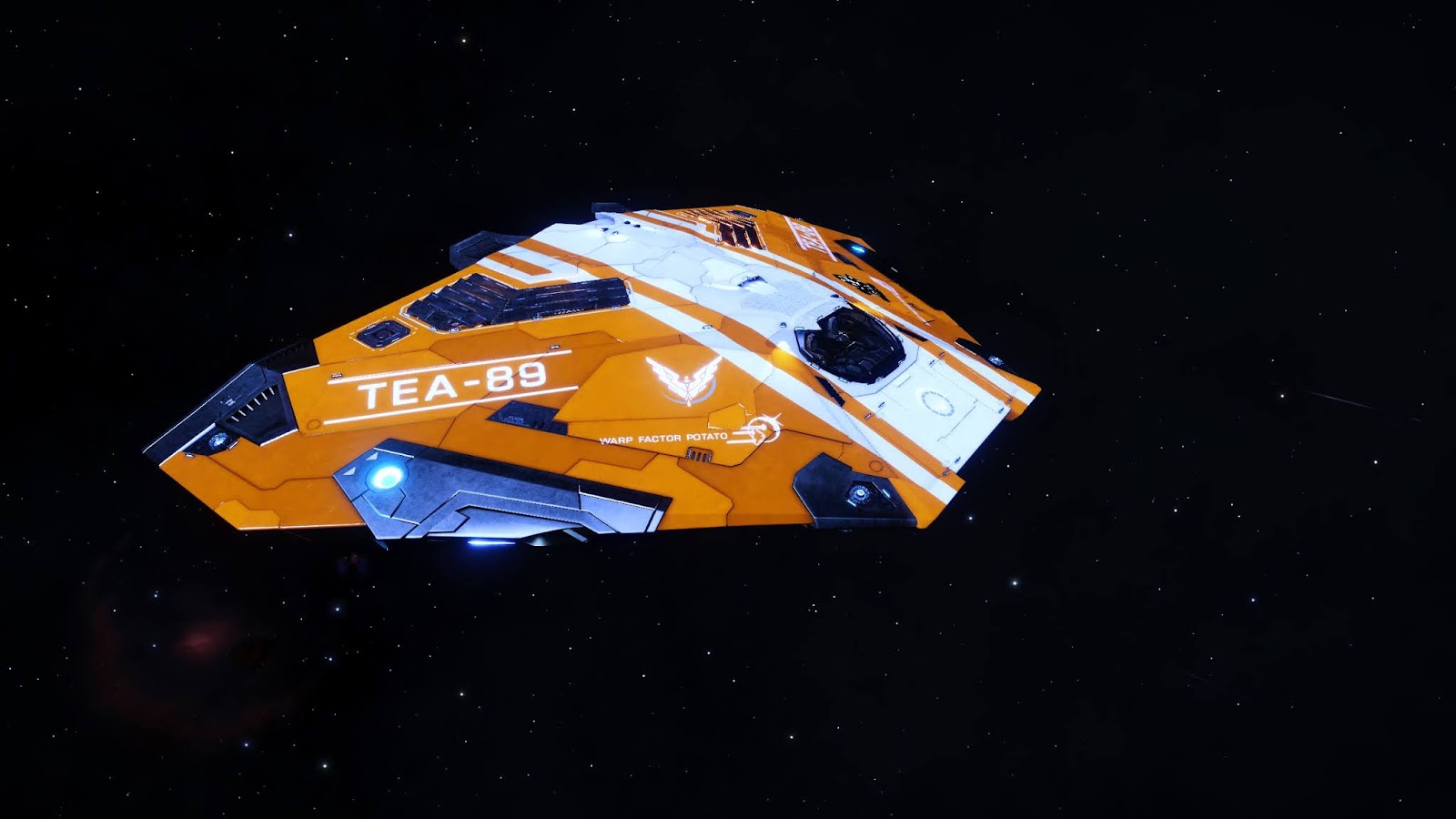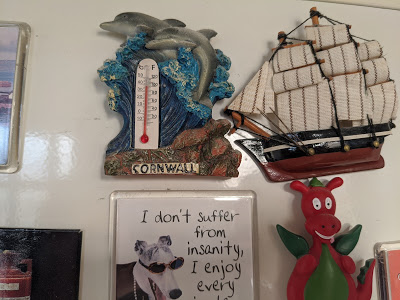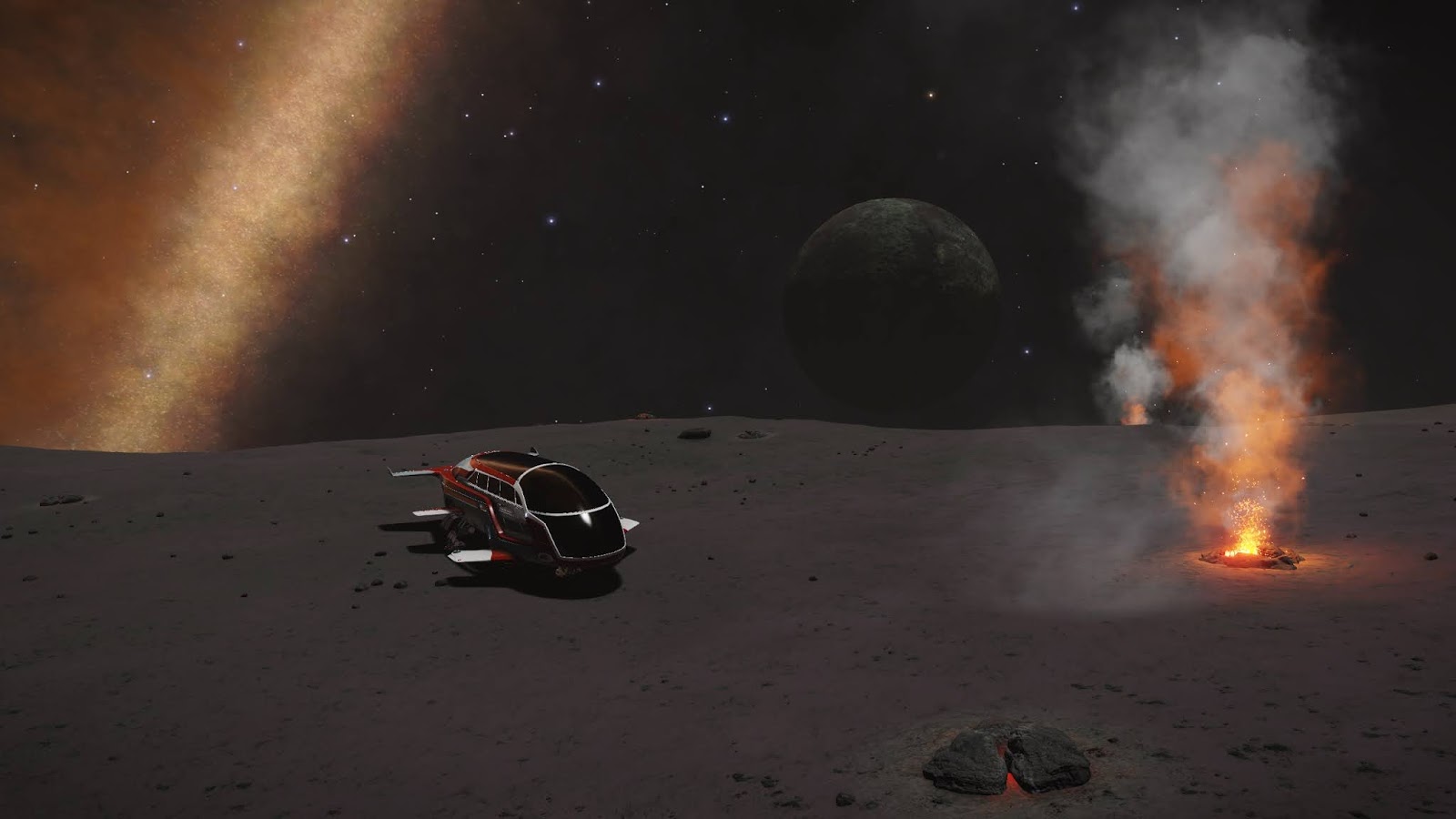Hello everyone,
More internet spaceships today … Perhaps while I ignore what’s happening in the world outside still ! The shops are steadily opening here but I haven’t ventured out to them yet partly because I know this crisis isn’t over yet plus I don’t think there’s actually much I want to buy at the moment !
What are things I want to pick up ?
Graphics card – I’m starting to pick up games that push past the limit of what my current card can do so I’m looking to upgrade from my 1060 3GB card to a 2060 or even up to a 2070. With a Next Gen card on the horizon, prices are finally starting to drop.
Keyboard – mine continues to have an issue or two. It’s currently repeating occasional o’s and the light up keys are stuck in set colours at the moment. (I could probably fix this by unplug / plugin).
Hotas upgrade – Not sure about this one actually but I am having increasing hand issues which might be down to my current stick and throttle.
Oven – needed one of these for a while but mine is still perfectly capable of burning food.
Glasses – these are becoming much more urgent and will require a trip out to get some more.
Internet Spaceships ?

As always, click for bigger. I left things last time at Cortes Base and have since embarked on the Drew Wagar Elite Lore Tour (youtube link), following that path and hoping to catch up before the end. The Warp Factor Potato may make an appearance on his stream at some point if I catch up.

The first stop was Mercury, closest planet to the Sun.

Venus is next up, still too hostile to land on.

And then we move on to our home and I’m pretty sure that’s Australia. One thing I’m really curious about is that while the game is on GMT, that’s the wrong side of the planet to be in the day time !

There’s Europe, with rather curious lighting if you have a closer look.

Both Earth and Mars have capital ships in orbit. Nice big chunky ships and the Federation ones look like they mean business. Earth is no longer the place where the Federation is run from in the Elite universe, massive ecological damage led to the end of most of the superpowers and then the Congress decamped to Mars.

There’s still a lot to look at though, this is one of the space stations in orbit.

Moon’s still there too, a station here is the starting point for the speed runs to the galactic centre.

Mars is the next stop, the 4th planet in our solar system. In the Elite universe, it’s been fully terraformed and is actually in better shape than Earth is. I think the pimple there is Olympus Mons.

There was a megaship to have a look at too.

A bit further out we have Jupiter in the background, with the moon Io orbiting. This is the setting for the 2001 and 2010 stories … at least as they were done in the films. In reality, this is a really unhealthy place to be because Jupiter is massively hot radioactively.

Of course I had a closer look.

I had a stop off at Europa too, which is another important part of the 2001, 2010 and 2061 stories. “All these worlds are yours except Europa. Attempt no landings there.” Erm …

There’s a base there too, which I mostly landed on to get a picture with Jupiter :-D. (Jupiter is at something like its highest point in the sky in the previous pic).

Saturn is the next major gas giant in our solar system. In the original 2001 book, the Incident happens at Jupiter and then after Hal is disconnected, they fly on to Saturn which is where the monolith is with the Discovery being run remotely from Earth. That’s changed for the film and subsequent books, probably for the better to be honest.

Next up is another gas giant, this is me probing Uranus. Yes, I went there. I have no shame.

Last place for the tour is Neptune, another smaller gas giant. The sun’s a bit far off in these pics hence the lack of general illumination out here.

Bit more lights in there. What are Fuel Rats ? They’re a wonderful organisation in Elite that will come out and rescue pilots who run out of fuel. I’ve never had to call on their services but they’re quite possibly the best player run organisation I know in any game.

Plenty of room in that tunnel by the way …

That’s what I flew inside …

It became time to move on though. The Voyager probes are apparently in the solar system, somewhere … I didn’t stick around to find them though. Next stop, Tau Ceti, which is the first extra solar colony in the Elite universe. There are a few more curious bits of lore to pick up on in the tourism beacons in this system too. That’s probably enough pictures for one day though …
There are a bunch more from today ! But I’ll hold those for another post.
For now, be well,

Stay safe. Have a great week everyone.






















































